What materials are used for helical blades?
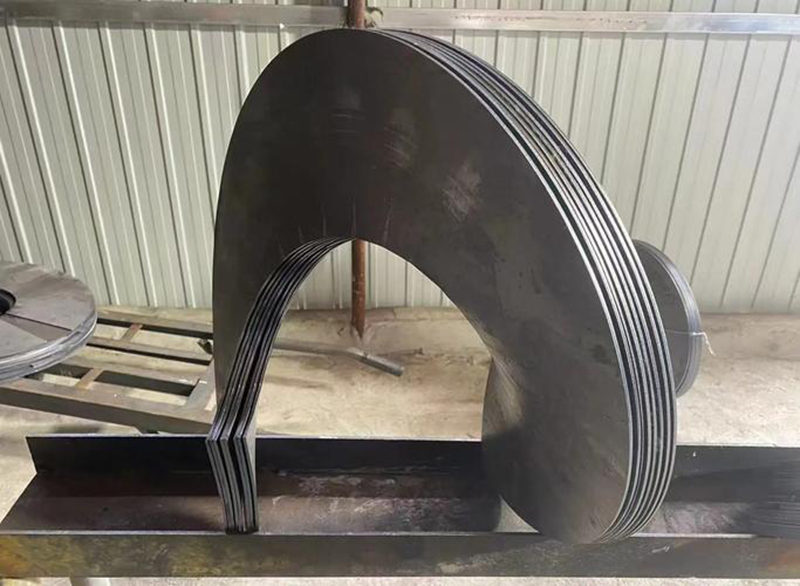
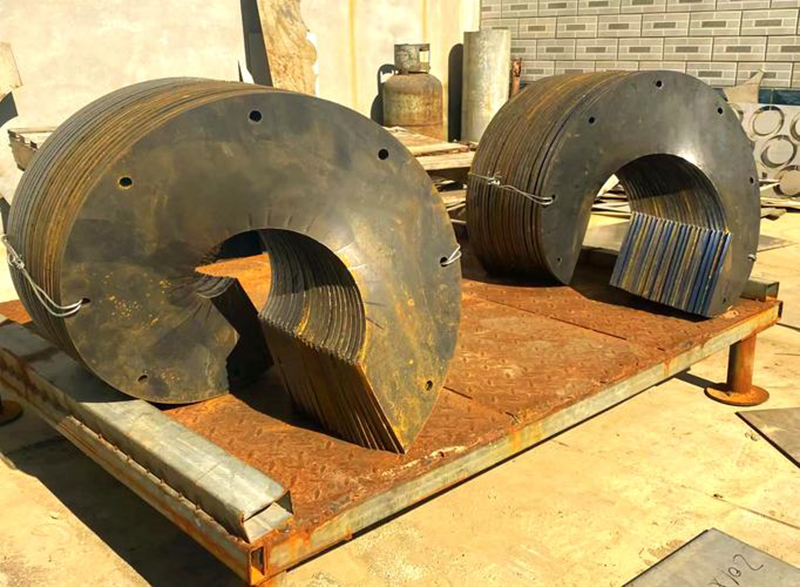
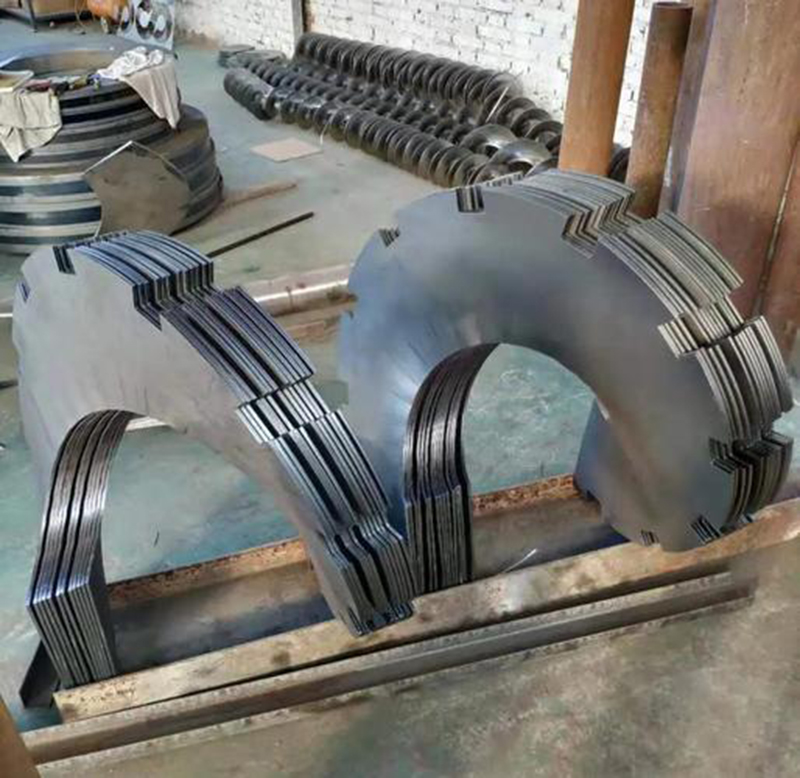
| Product name: | What materials are used for helical blades? |
| Keywords: | |
| Industry: | Metallurgy and minerals - Mining industry |
| Process: | - |
| Material: |
Processing manufacturer
- There are 40 manufacturers that provide similar products
- There are 156 manufacturers that provide this processing technology
- There are 118 manufacturers that provide this material processing service
- There are 142 manufacturers that provide this industry processing service
Product details
The choice of material for helical blades depends on the application scenario, working environment (such as corrosiveness, abrasiveness, temperature, etc.), and cost requirements. The following are commonly used materials for helical blades and their characteristics:
1. Ordinary Carbon Steel
Common Grades: Q235, Q345 (Chinese standard, equivalent to ASTM A36, A572).
Features:
Low cost, good processing performance, easy to weld and form.
Moderate strength, suitable for non-corrosive environments.
Applicable Scenarios:
Dry material conveying (such as grain, coal, sand).
General industrial applications (such as construction, agricultural machinery).
Limitations:
Poor corrosion resistance, not suitable for humid or chemical environments.
General wear resistance, abrasive materials will accelerate wear.
2. Stainless Steel
Common Grades: 304, 316, 316L (austenitic stainless steel).
Features:
Excellent corrosion resistance, suitable for acidic, alkaline, humid, or salt spray environments.
Smooth surface, easy to clean, meets food-grade or pharmaceutical-grade requirements.
316/316L contains molybdenum, which is more resistant to chloride ion corrosion.
Applicable Scenarios:
Food processing (such as flour, dairy product conveying).
Chemical industry (corrosive materials or liquids).
Marine environment (such as ship propellers).
Limitations:
Higher cost.
Lower hardness, wear resistance is not as good as wear-resistant steel.
3. Wear-Resistant Steel
Common Grades: Hardox 400/450, NM360/NM400 (Chinese wear-resistant steel), AR400/AR500 (American standard).
Features:
High hardness (HRC 40-50 or higher), strong wear resistance.
Good toughness and impact resistance.
Applicable Scenarios:
High wear environments (such as ore, coal, gravel conveying).
Heavy machinery (such as excavators, crushers).
Limitations:
Higher cost, slightly more difficult to process.
Poor corrosion resistance, surface treatment is required for humid environments.
4. Alloy Steel
Common Types: Chromium-molybdenum steel (such as 42CrMo), high-manganese steel (such as Mn13).
Features:
High strength and toughness, suitable for heavy-duty or high-temperature environments.
High-manganese steel has work hardening properties, resistant to impact wear.
Applicable Scenarios:
High-temperature environments (such as hot material conveying, industrial furnaces).
High-impact scenarios (such as mining equipment).
Limitations:
High cost, complex processing.
Alloy composition needs to be selected according to specific working conditions.
5. Composite Materials and Coatings
Common Types:
Ceramic coatings: Sprayed aluminum oxide or carbide coatings.
Polyurethane coatings: Wear-resistant and have a certain degree of elasticity.
Composite materials: Such as carbon fiber reinforced composite materials (small-scale applications).
Features:
Enhance wear resistance, corrosion resistance, or anti-adhesion properties.
Extend blade life and reduce maintenance.
Applicable Scenarios:
Strong wear or corrosive environments (such as chemical, mining).
Special requirements (such as anti-adhesion in the food industry).
Limitations:
Coating process increases costs.
Composite material manufacturing is difficult, and applications are limited.
6. Aluminum Alloy
Common Grades: 6061, 7075 (aerospace-grade aluminum alloy).
Features:
Lightweight, good corrosion resistance.
Suitable for high-precision machining, smooth surface.
Applicable Scenarios:
Ship propellers or lightweight equipment.
Low load, low wear environment.
Limitations:
Low strength and wear resistance, not suitable for heavy-duty or high-wear scenarios.
Cost is higher than carbon steel.
7. Other Special Materials
Titanium Alloy:
Features: Extremely high corrosion resistance and strength, lightweight.
Similar products
More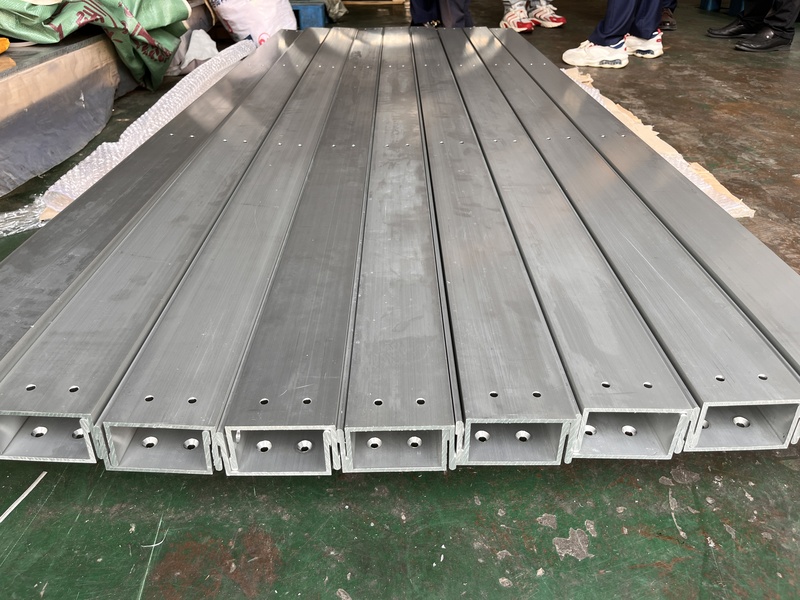
Precision Machining of U-Steel Profiles for Building Applications
- Process : Stamping - General stamping
- Material : Aluminum
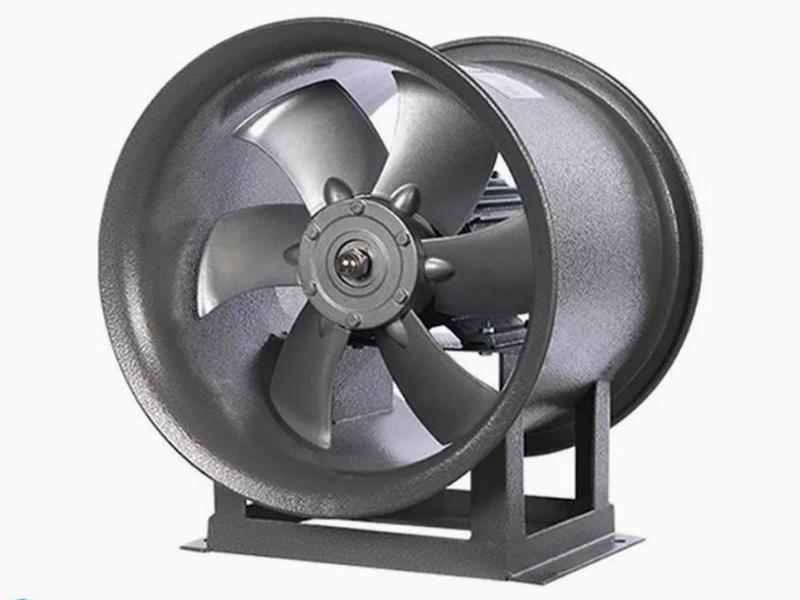
What are the machining processes used for processing axial fan housings
- Process : Sheet metal - Welding
- Material : Carbon steel
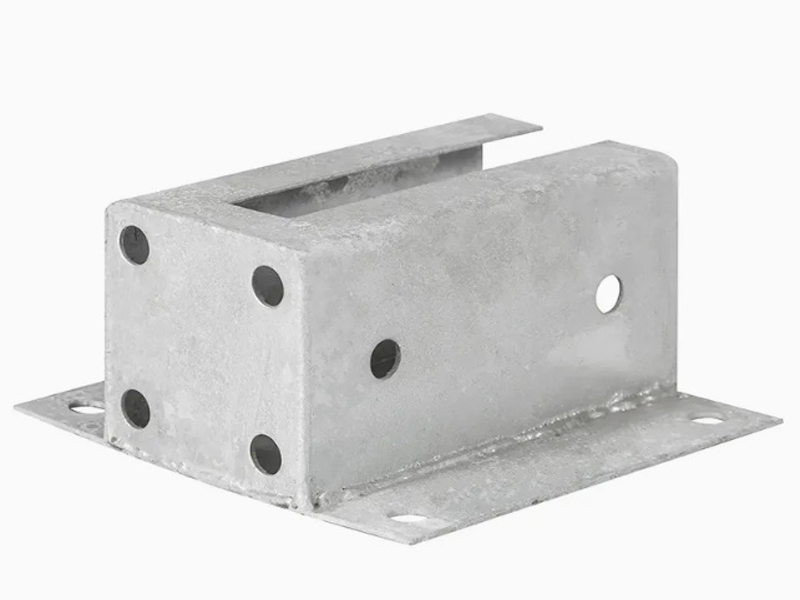
Machining Process Analysis of Carbon Steel Fixed Anchor Plates
- Process : Machining - CNC milling or milling machining
- Material : Carbon steel
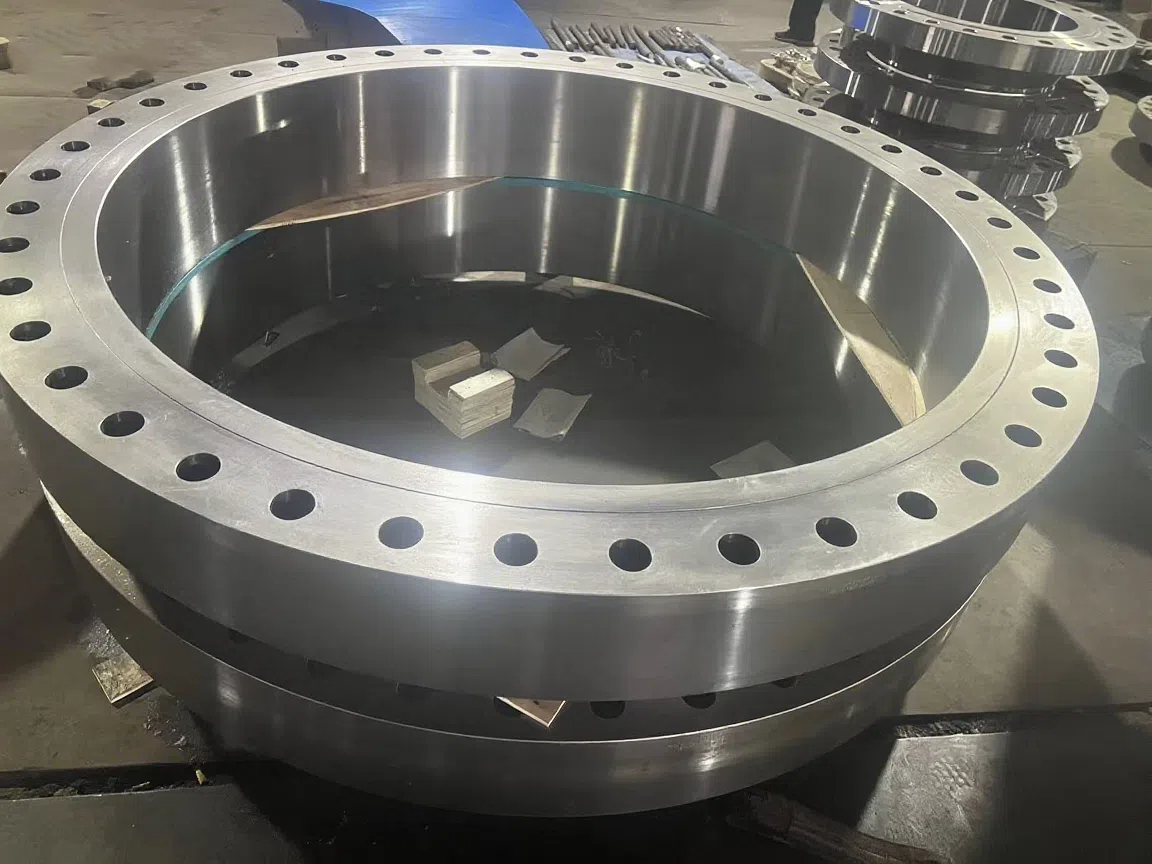
Heavy-Walled Flange Milling-Turning Machining and Flaw Detection
- Process : Machining - Turning Milling compound
- Material : Alloy steel
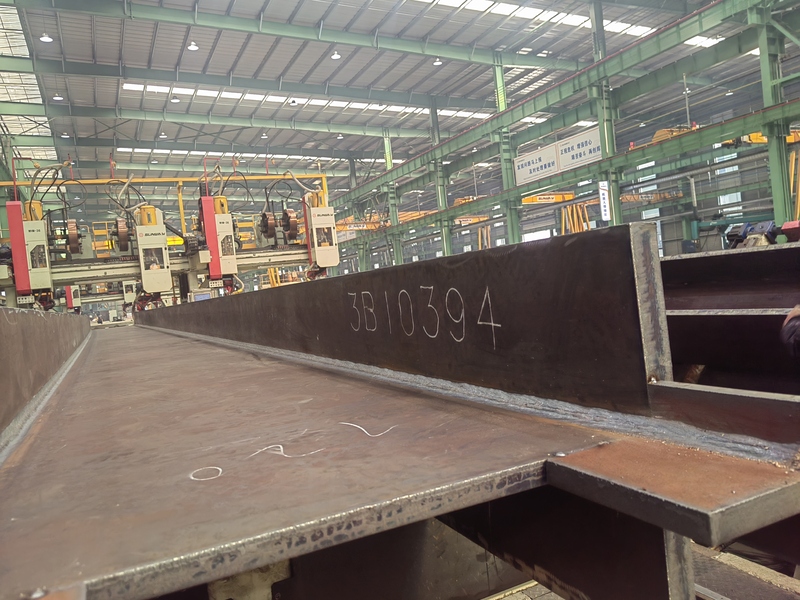
Custom Fabrication of S355JR Welded H-Beams for Construction Projects
- Process : Sheet metal - Welding
- Material : Carbon steel
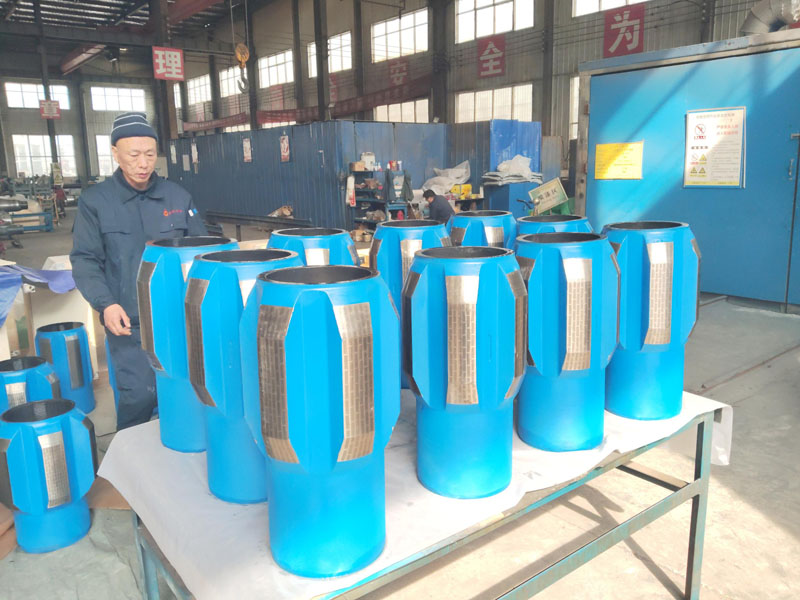
Drill Stabilizers Applied in Oil Drilling Platforms
- Process : Machining - Five-axis machining
- Material : Alloy steel
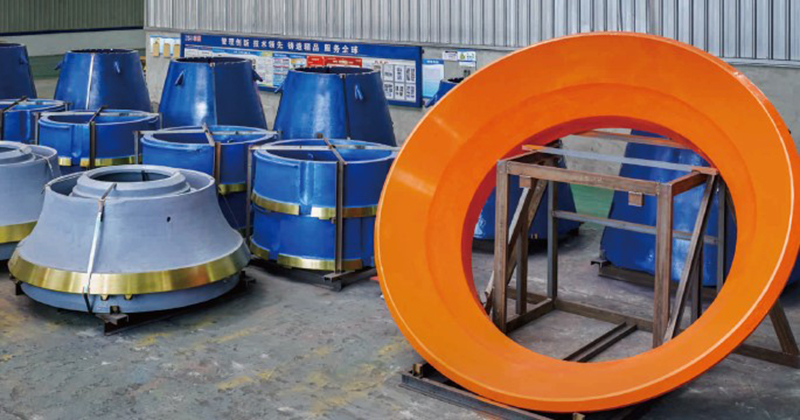
Cone Crusher Mantle
- Process : -
- Material :
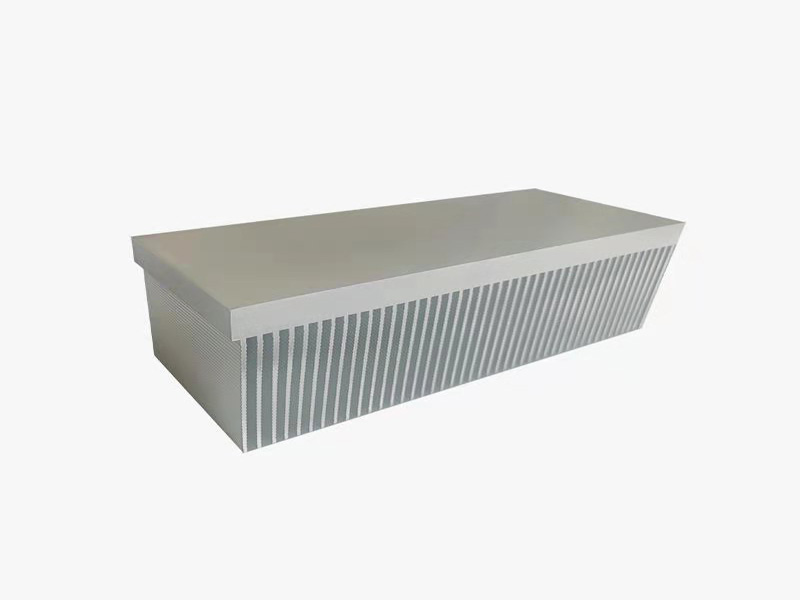
Innovative skiving technology: Breaking through the bottleneck of high-density heat dissipation technology
- Process : Surface treatment - Others
- Material : Alloy steel
More products
More
Precision Machining of U-Steel Profiles for Building Applications
- Process : Stamping - General stamping
- Material : Aluminum

What are the machining processes used for processing axial fan housings
- Process : Sheet metal - Welding
- Material : Carbon steel

Machining Process Analysis of Carbon Steel Fixed Anchor Plates
- Process : Machining - CNC milling or milling machining
- Material : Carbon steel

Heavy-Walled Flange Milling-Turning Machining and Flaw Detection
- Process : Machining - Turning Milling compound
- Material : Alloy steel

Custom Fabrication of S355JR Welded H-Beams for Construction Projects
- Process : Sheet metal - Welding
- Material : Carbon steel

Drill Stabilizers Applied in Oil Drilling Platforms
- Process : Machining - Five-axis machining
- Material : Alloy steel

Cone Crusher Mantle
- Process : -
- Material :

Innovative skiving technology: Breaking through the bottleneck of high-density heat dissipation technology
- Process : Surface treatment - Others
- Material : Alloy steel